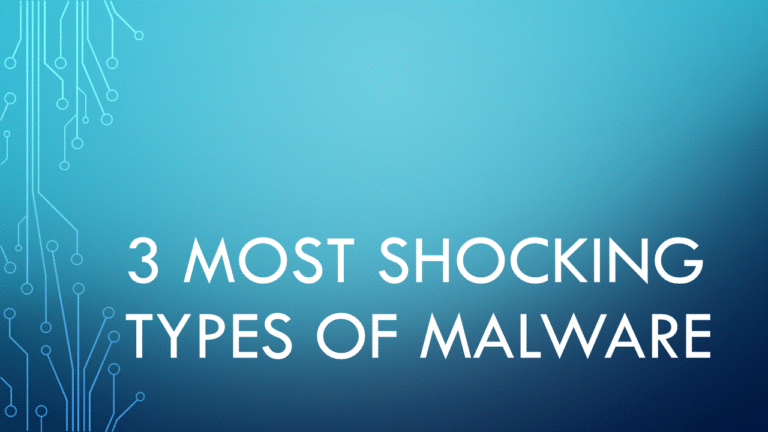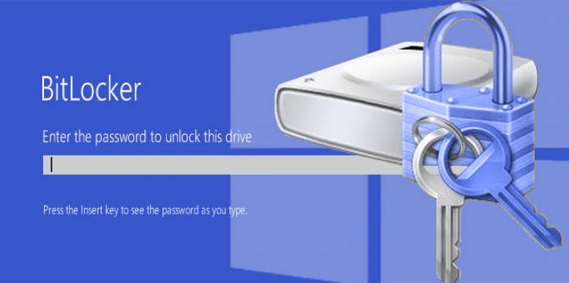Learn about Update Management on Windows 10
Microsoft periodically releases software updates (also known as patches) that are important for your software after release. Microsoft has product teams that are responsible for continually monitoring and improving their software through developing updates and resolving issues. These updates can prevent or fix problems, improve the performance of your computer or enhance your computer experience. Windows update can periodically check for updates, automatically download and install them to keep PCs up to date with the latest features.
Microsoft update process
- Microsoft gets an information with a software vulnerability or problem with their software.
- Microsoft security response centre verifies the concern and evaluates the problem.
- Product group sustaining team then creates the update and tests it.
Microsoft releases the software update through Microsoft download center or other services.
Identifying different types of Updates
Security Update
A broadly released fix for a specific product addresses a security vulnerability.
Critical Update
A broadly released fix for a specific product addresses a critical non-security-related bug.
Update
A broadly released fix for a specific product addresses a non-critical non-security-related bug.
Hotfix
It is a package consisting of one or more files that address a problem in software.
Service Pack
A service pack is a cumulative set of security updates, critical updates, hotfixes, and updates that is released to solve multiple issues with the software after its release.
Is it important to update Windows?
Some of us get annoyed because of constant alerts from Windows update tools to download newly available updates. We recommend that you configure them to be downloaded automatically and never ignore them as it is risky. Patch Tuesday is a popular term used in the IT industry as Microsoft releases updates on the second Tuesday of every month and mostly they are security updates.



